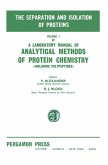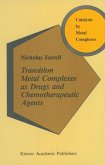The majority of the offending toxicants to be reviewed in this volume were devel oped to help mankind, and it is only with prolonged or widespread application that their adverse effects have been recognized. Conversely, in the case of pre scrip tion drugs, there has been an attempt to identify the adverse effects in advance and incorporate these risks into the decision of approval for human consumption. Unfortunately, for those drugs in which recognized injury occurs only after prolonged use, such appraisals are made in retrospect. Despite this, most renal injury induced by drugs or toxicants can be either prevented by excluding drugs with unacceptable side effects or interrupted by eliminating the offending agent once damage is manifested. The fact that prevention, reversibility, or arrest of renal injury is possible provided a major impetus for this publication. Since no international registry for nephrotoxic injury exists, estimates of incidence must rely on less than ideal sources. Recently I, together with Dr. William Bennett, summarized a survey of the frequency of various categories of nephrologic disease (Porter and Bennett, 1981). Based on this survey, we projected that in nearly one of ten patients seeking nephrologic consultation a nephrotoxic etiology may be involved. Of cases of end-stage renal disease, between 3 and 4% are due to drug nephrotoxicity, according to recent published results(European Dialysis and Transplant Association, 1979). For acute renal failure, antibiotics and contrast agents persist as major offending agents, while for chronic renal failure, analgesics remain a worldwide problem.
Dieser Download kann aus rechtlichen Gründen nur mit Rechnungsadresse in A, B, BG, CY, CZ, D, DK, EW, E, FIN, F, GR, HR, H, IRL, I, LT, L, LR, M, NL, PL, P, R, S, SLO, SK ausgeliefert werden.









